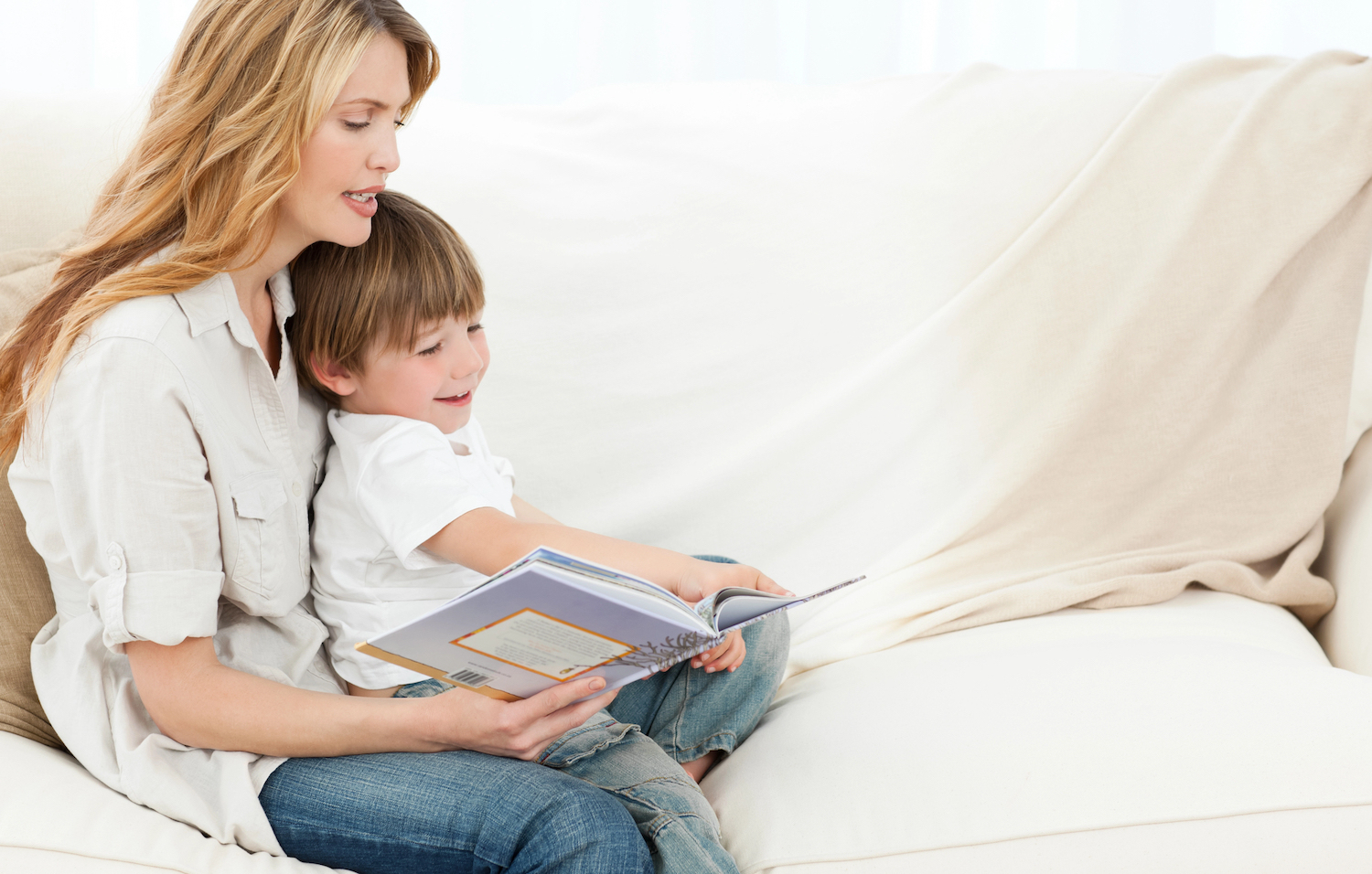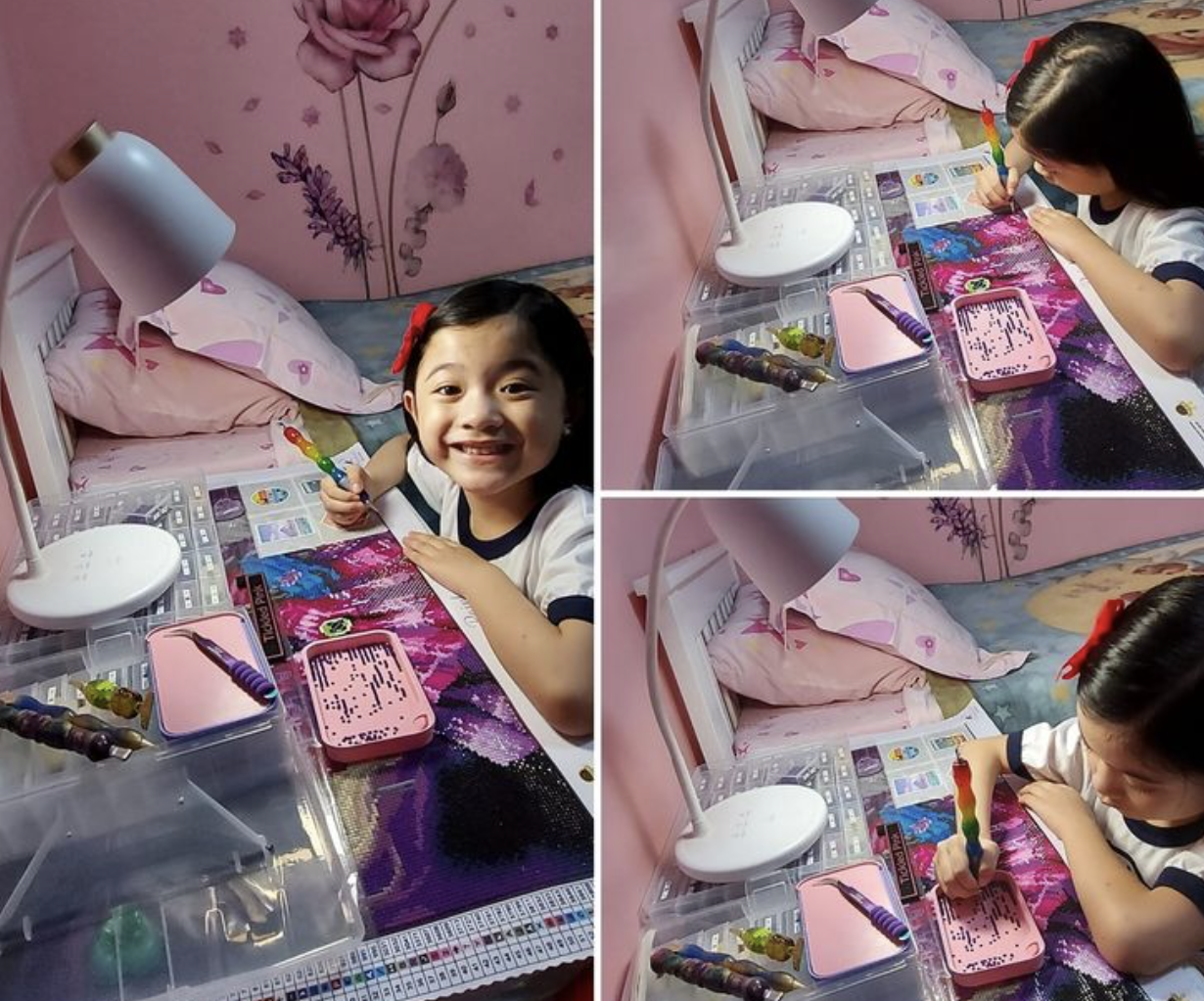There are many developmental activities that children do at a table – eating, learning to hold pencils, draw and write, reading, homework, and fun fine motor activities such as craft and playdough. But have you ever noticed your child leaning so far forward while colouring that their head nearly touches the paper? Or maybe they keep sliding off the chair every few minutes during dinner or homework? These seemingly small behaviours often reflect a bigger issue—poor sitting posture.
To provide your child with the best chance at succeeding in these activities, it’s important to ensure they have an ideal sitting posture. The way your child sits can significantly impact their pencil skills, grip strength, ability to manipulate objects, concentration, and their overall comfort and success during the activity.
What is an optimal sitting posture for tabletop activities?
To provide your child with optimal support when they are sitting, you should aim for a 90-90-90 position. This means:
- A 90-degree angle at the ankles, with feet flat on the floor (or on a step or foot stool)
- A 90-degree angle at the knees, so the thighs are fully supported on the seat of the chair
- A 90-degree angle at the hips
In addition, the table height should allow your child’s elbows to rest comfortably on the tabletop, ideally at or just above elbow height. If the table is too low, your child may hunch forward, placing strain on their back. If it’s too high, they may scrunch their shoulders, which can lead to discomfort or pain over time.
“Occupational therapists often explain that kids can’t focus on writing or cutting if their bodies are too busy trying to stay upright,” says Emma Jenkins, OT. “Posture isn’t about being strict—it’s about making sure the body’s doing its job so the brain can focus on learning.”
Why posture matters more than you think
Poor posture doesn’t just affect how kids look when they sit—it affects how they feel, function, and learn. A slouched or unsupported position can:
- Make it harder to concentrate on tasks
- Lead to fatigue and fidgeting
- Interfere with fine motor control and pencil grip
- Cause discomfort that children can’t always explain
Posture plays a critical role in supporting core stability, which forms the foundation for fine motor control. When kids don’t have the core support they need, the body shifts focus to simply staying upright, leaving less energy for coordination, thinking, and creativity.
Common mistakes of sitting posture at home:
- Sitting on an adult-sized chair, at an adult table – your child’s feet will not be touching the ground, and the table height will be too high.
- Sitting on a booster seat – better than an adult-sized chair alone, as it raises the child closer to the table, but their feet often remain unsupported.
- Sitting at a kids-sized table that is too small – this can happen when a child has outgrown their toddler furniture but isn’t quite big enough for the adult setup. They may become cramped and uncomfortable.
What age should I start worrying about posture?
Even toddlers benefit from supported seating. As soon as children begin engaging in meals and play at a table, it’s helpful to set up a posture-friendly space. Good habits from a young age can prevent discomfort and poor motor development later.
So, what can I do at home to improve my child’s sitting posture?
Unfortunately, most household furniture isn’t designed for children—or it lacks the flexibility to adapt as children grow. However, you can make a few simple, effective adjustments:
- Use a booster seat or stack of books to raise your child to the correct height at the table. Make sure it’s safe and stable.
- Add foot support under the table—this can be a stool, ottoman, small chair, or even old phone books.
- Consider adjustable seating options such as the Mocka high chair or Stokke Tripp Trapp chair, which allow you to modify both seat and footplate height.
- Use an adjustable-height kids’ table and chair set, which can be modified as your child grows.
Good posture supports core stability, which is essential for controlling hand movements. Without it, the brain diverts energy to staying upright—leaving less focus for learning and creativity.
Keep posture in check as your child grows
As your child grows, their seating needs change. A setup that worked 6 months ago might not support them now. Review their posture setup every few months, and especially if they seem more wiggly, tired, or resistant to seated tasks.
Watch for these signs that posture might be off:
- Their feet dangle off the chair
- They lean heavily on one arm or slide down the chair
- They rest their head in their hand during activities
- They rush through fine motor tasks or avoid them altogether
Involve your child and make it fun
Why not let your child choose or decorate their footrest or chair cushion? Giving them a sense of ownership makes them more likely to use the setup consistently—and it turns a simple adjustment into a fun activity.
Emotional and behavioural benefits
Kids may not tell you when something feels “off,” but poor posture can quietly lead to fatigue, frustration, or lack of focus. If your child frequently avoids activities like writing, colouring, or even sitting through meals, posture may be the hidden culprit.
Kids rarely say, “I don’t like writing because my posture is off.” Instead, they might say, “This is boring” or “I’m bad at this.” Often, they’re just uncomfortable—and over time, that discomfort can chip away at their confidence.
✏️ Quick Posture Fix Checklist:
- ✅ Feet flat and supported
- ✅ Knees at 90° with thighs supported
- ✅ Hips at 90° with back upright
- ✅ Table height matches elbows
- ✅ Arms relaxed, shoulders down
The bottom line
Having an ideal chair and table setup for your child will make it easier for them to do activities successfully—and that makes life easier for you as a parent. You don’t need to be an OT or buy expensive furniture to make a difference. A few small tweaks—like adding a footrest or adjusting chair height—can boost your child’s comfort, learning, and confidence.
You’ve got this. And if in doubt, trust your instincts and observe your child: comfort, focus, and joy are great signs you’re on the right track.
You may also like to read:









